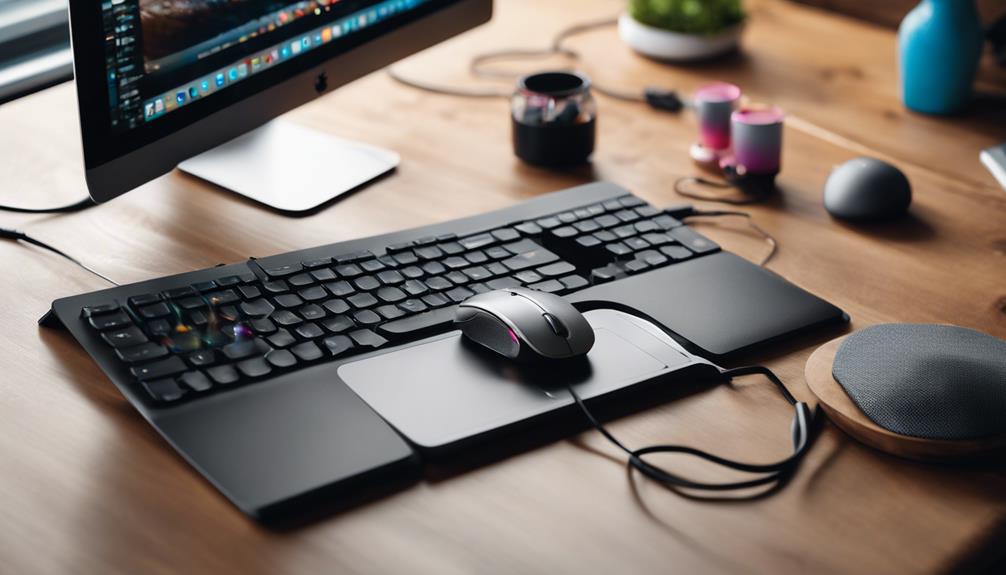In the digital age, personalization and efficiency have become paramount for users looking to optimize their computing experience. Windows Desktop Gadgets, small applications that run on the desktop, serve as a perfect example of this trend. Although they were popularized in Windows Vista and Windows 7, the legacy of desktop gadgets continues to influence how users interact with their PCs. This article delves into what Windows Desktop Gadgets are, their history, functionalities, security concerns, and the modern alternatives that have emerged.
The Evolution of Windows Desktop Gadgets
Windows Desktop Gadgets made their first appearance in Windows Vista in 2006. They provided a way for users to access information quickly and personalize their desktops. Over the years, these gadgets evolved, offering various functionalities, from weather updates to system monitoring.Outdoor GadgetsGadget LaboratoryHealthy Gadgets
- Windows Vista (2006): Introduced gadgets like clocks, calendars, and RSS feeds.
- Windows 7 (2009): Enhanced the user interface and increased the number of available gadgets.
- Post-Windows 7: Microsoft discontinued gadgets due to security vulnerabilities, but their legacy remains in modern applications.
Key Features of Windows Desktop Gadgets
Windows Desktop Gadgets are characterized by several key features that contributed to their popularity:
- Customization: Users could modify the look and feel of gadgets, making their desktops uniquely theirs.
- Real-time Information: Gadgets provided updates on weather, stock prices, and system performance.
- Minimal Resource Usage: Designed to use minimal system resources while providing continuous updates.
Some of the most popular gadgets included:
- Weather Gadgets: Offered real-time weather forecasts.
- Calendar Gadgets: Helped users keep track of important dates and appointments.
- System Monitor Gadgets: Displayed CPU usage, RAM usage, and other system metrics.
Security Concerns and Discontinuation
Despite their advantages, Windows Desktop Gadgets faced significant security issues. Because they could run scripts and access system resources, they became potential vectors for malware and other security threats. In 2012, Microsoft announced the discontinuation of gadgets, citing these security concerns as a primary reason.
Users were encouraged to disable the Windows Gadget Platform and uninstall any existing gadgets. While this move aimed to protect users, it left a gap in the market for lightweight desktop applications.
Modern Alternatives to Windows Desktop Gadgets
In the wake of the discontinuation, several alternatives have emerged that offer similar functionalities while prioritizing security. Here are some popular options:
- Rainmeter: A highly customizable desktop application that allows users to create their own widgets, providing weather updates, system stats, and more.
- Desktop Info: A lightweight tool that displays system information directly on the desktop.
- Conky: A system monitor tool for Linux users that can be configured to display various system stats and notifications.
- Widgets in Windows 10 and 11: Microsoft has integrated widgets into newer versions of Windows, allowing users to access similar functionalities without security risks.
Case Study: The Impact of Desktop Gadgets on Productivity
To illustrate the impact of desktop gadgets on productivity, a survey conducted by TechRepublic revealed that users who employed desktop gadgets reported a 20% increase in productivity. The gadgets helped them manage tasks, access information quickly, and reduced the time spent switching between applications.
For instance, a user utilizing a calendar gadget found it easier to keep track of meetings and deadlines, while another user with a system monitor gadget could keep an eye on CPU usage, allowing for better resource management during high-demand tasks.
The Future of Desktop Gadgets
While traditional desktop gadgets may no longer be a part of the Windows ecosystem, their essence continues to live on through modern applications and widgets. The growing trend of integrating functionalities directly into the operating system reflects a shift towards a more secure and efficient user experience.
Moreover, with the rise of customizable user interfaces in operating systems, the future looks promising for personalized computing experiences. Users can expect more innovative ways to access information, enhance productivity, and tailor their desktops to their needs.
Conclusion
Windows Desktop Gadgets played a vital role in the evolution of personalized computing, providing users with tools to enhance their desktop experience. While security concerns led to their discontinuation, the legacy of gadgets lives on through modern alternatives that prioritize user safety while offering similar functionalities. As technology continues to evolve, users can look forward to a future filled with innovative solutions that cater to their individual needs, making computing more efficient and enjoyable.
In summary, understanding the history and evolution of Windows Desktop Gadgets not only provides insights into the past but also highlights the ongoing need for personalized and efficient computing experiences in our increasingly digital lives.
